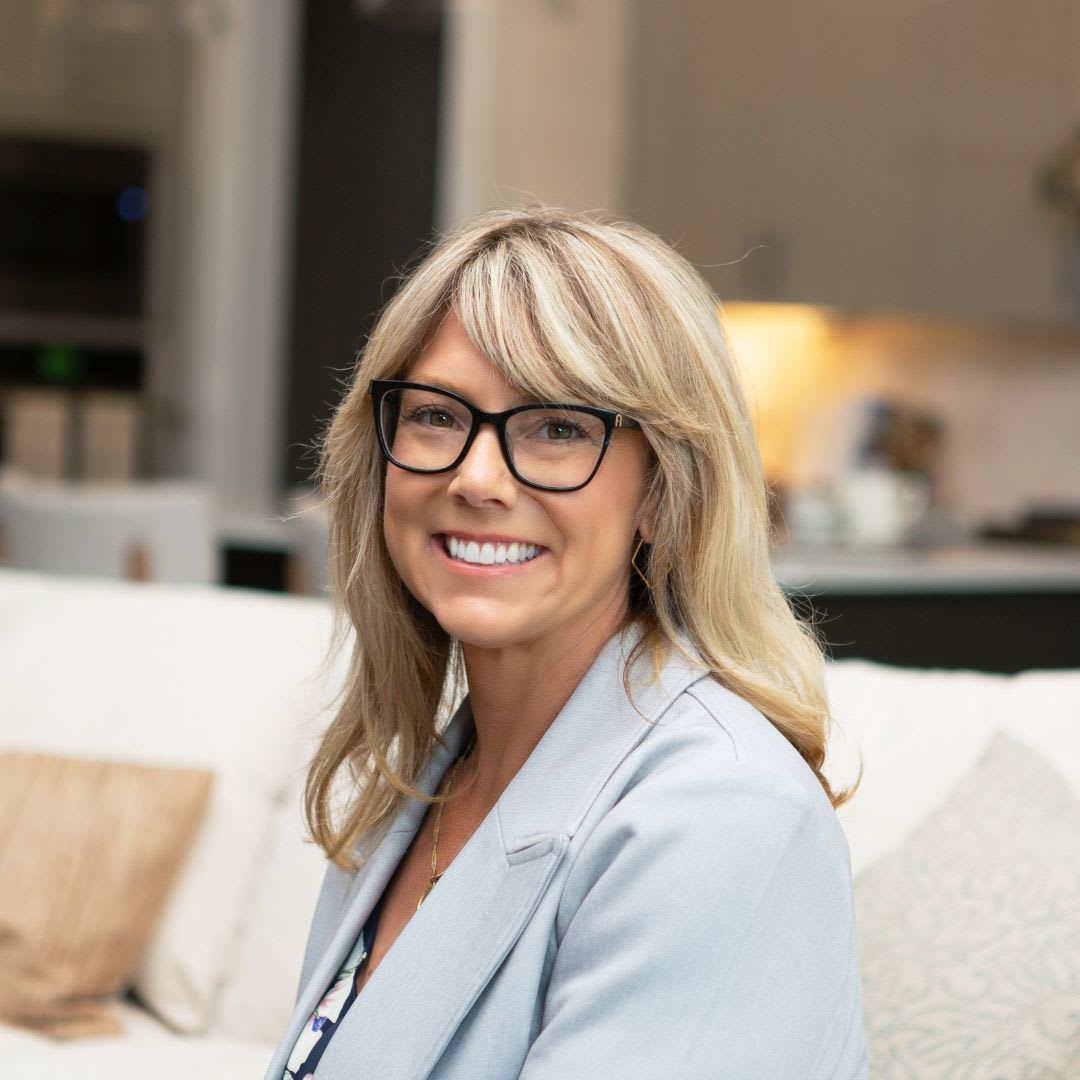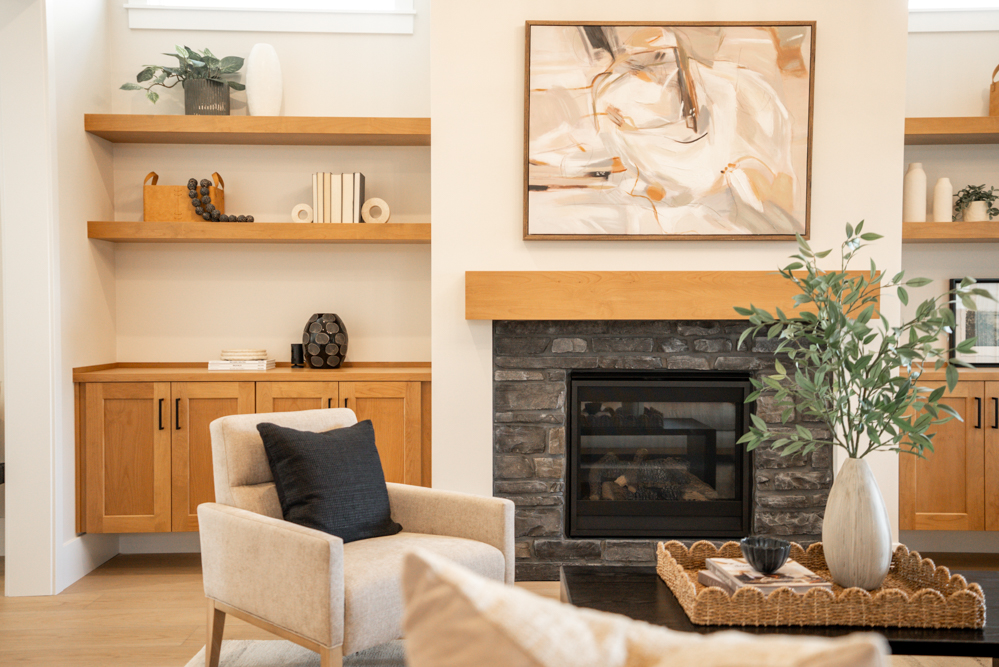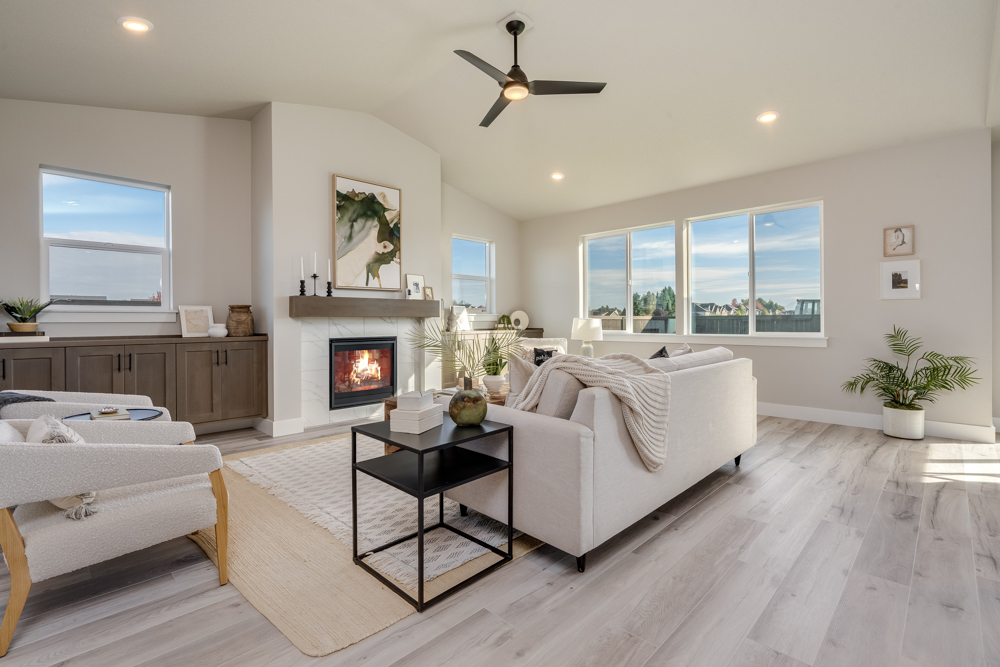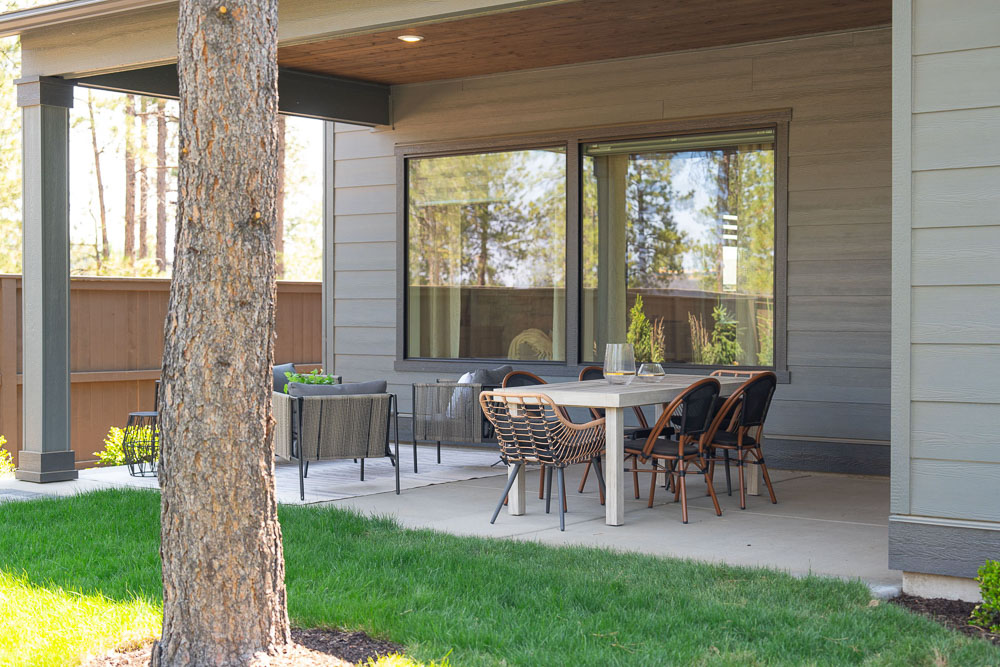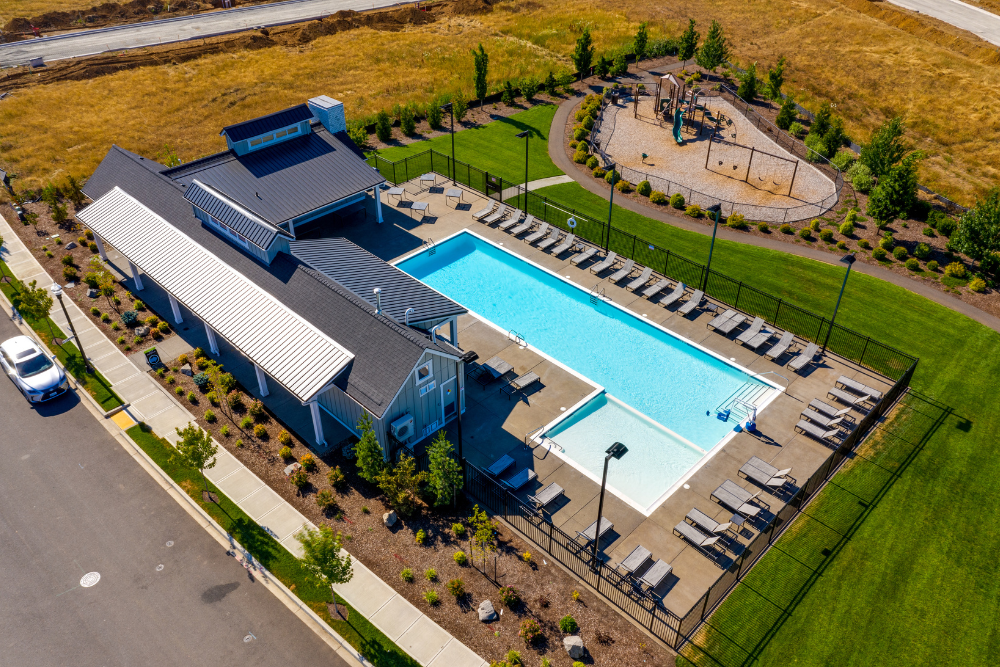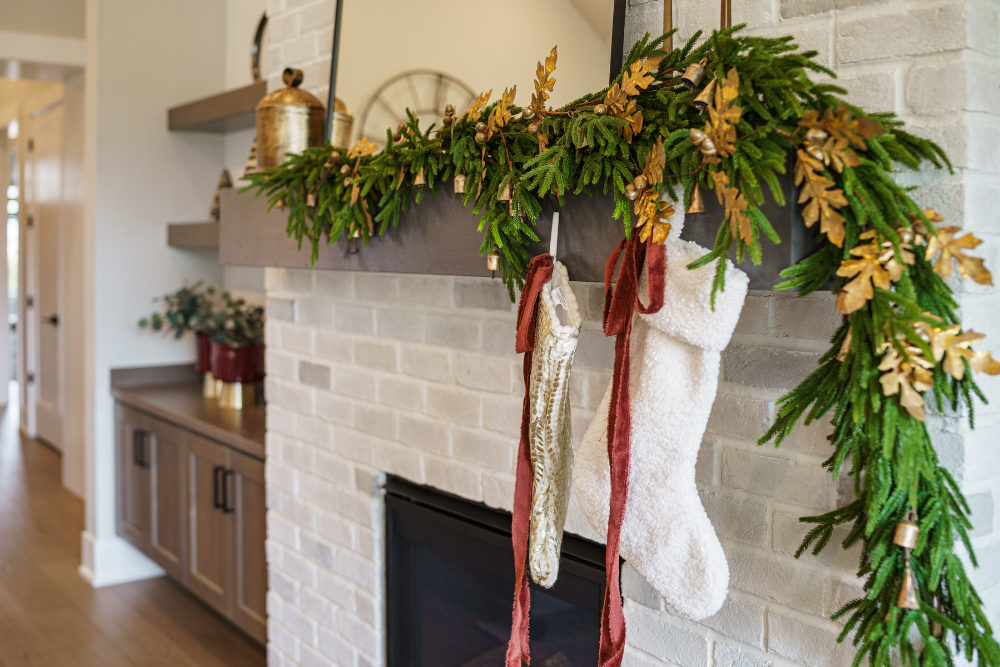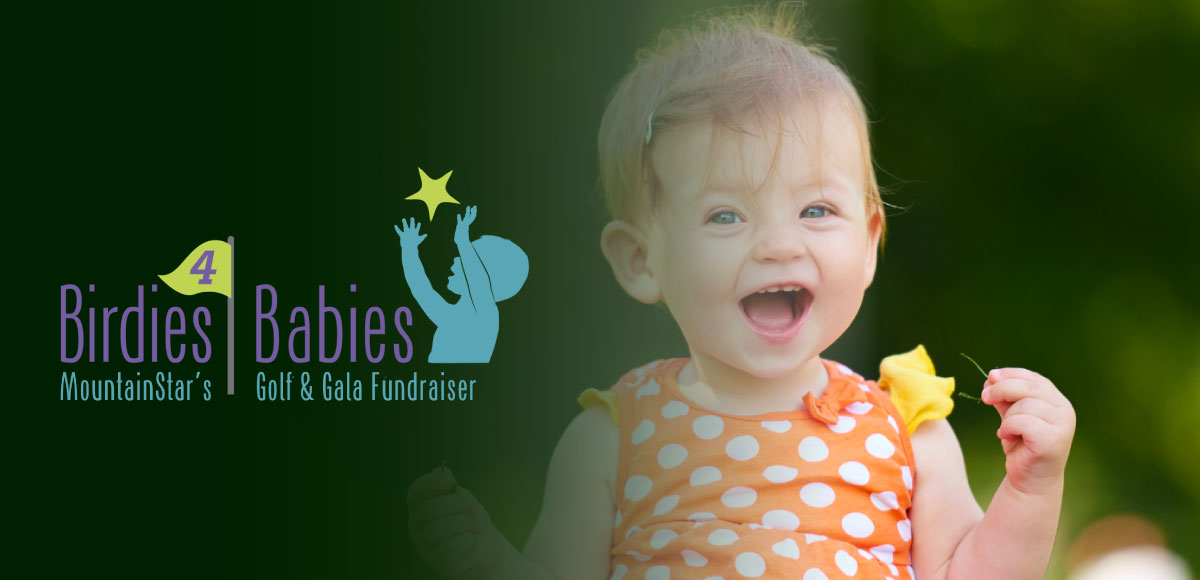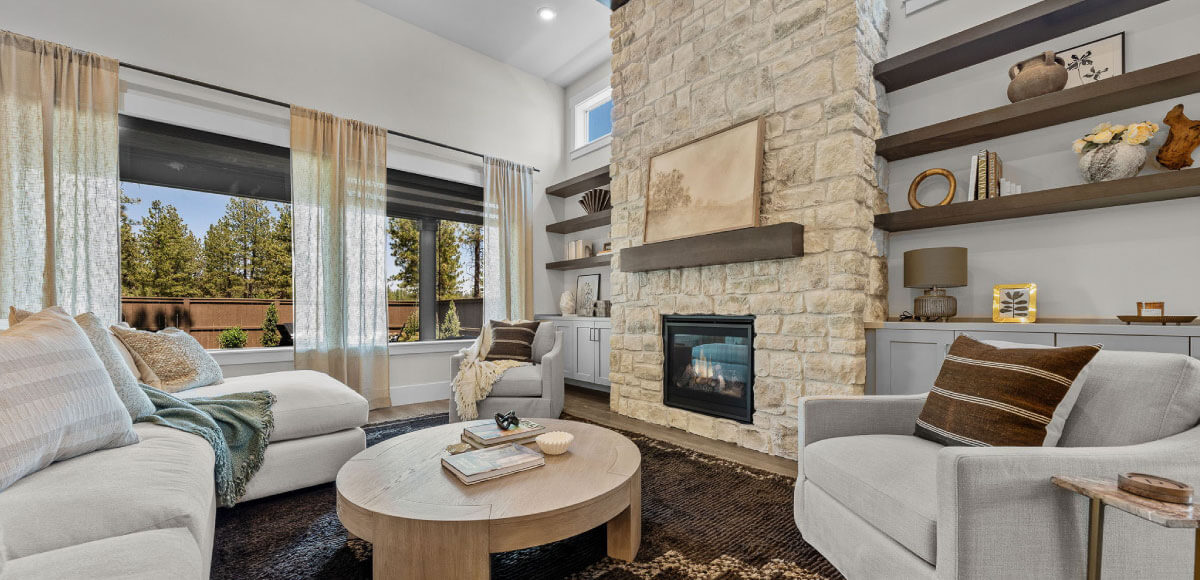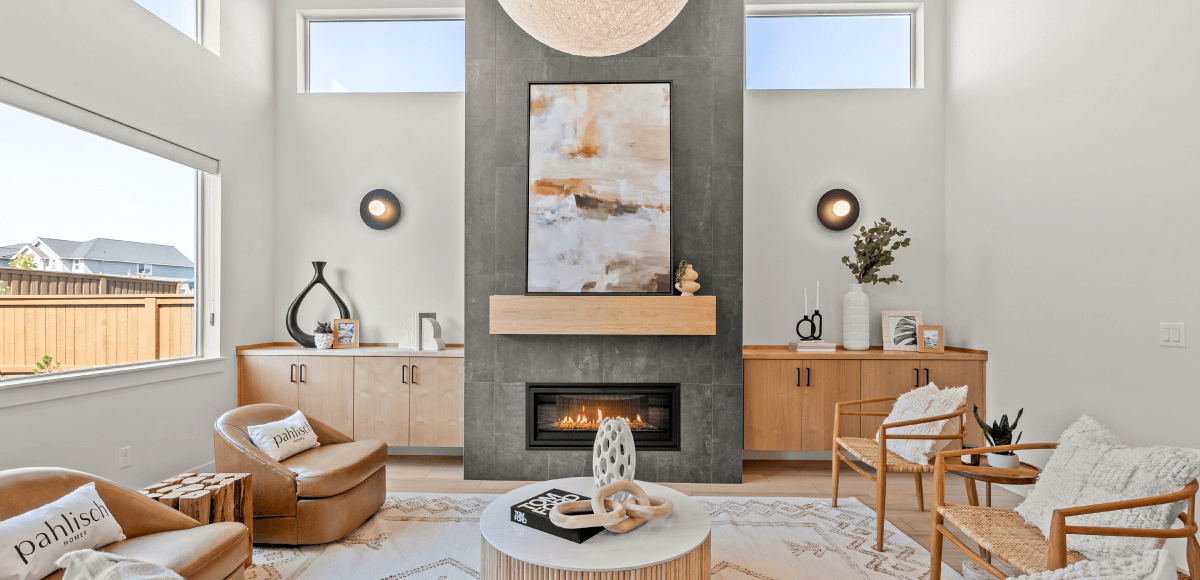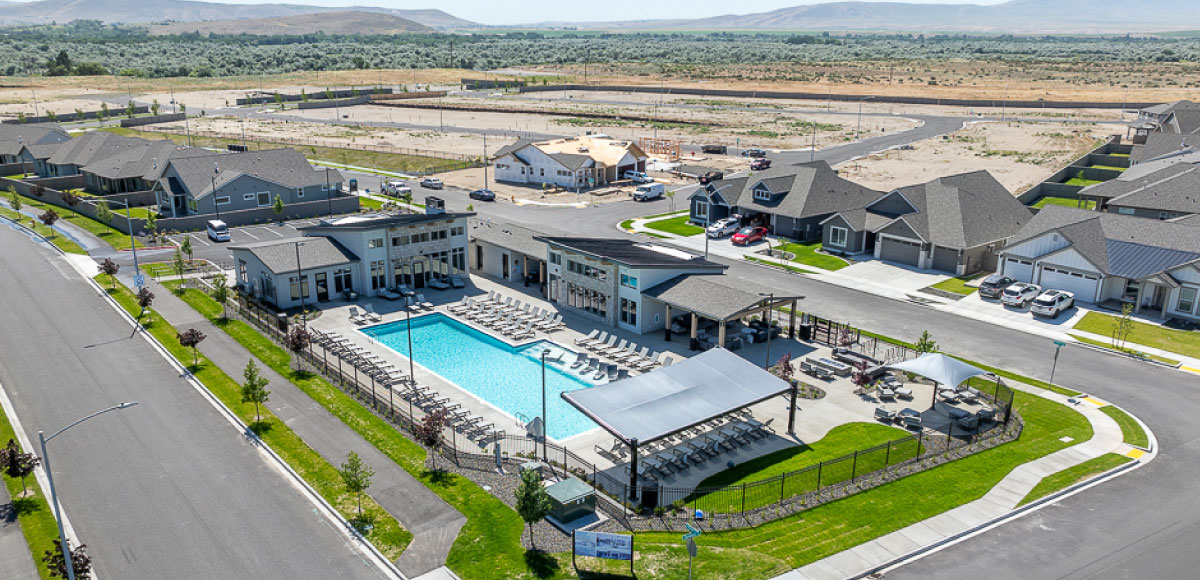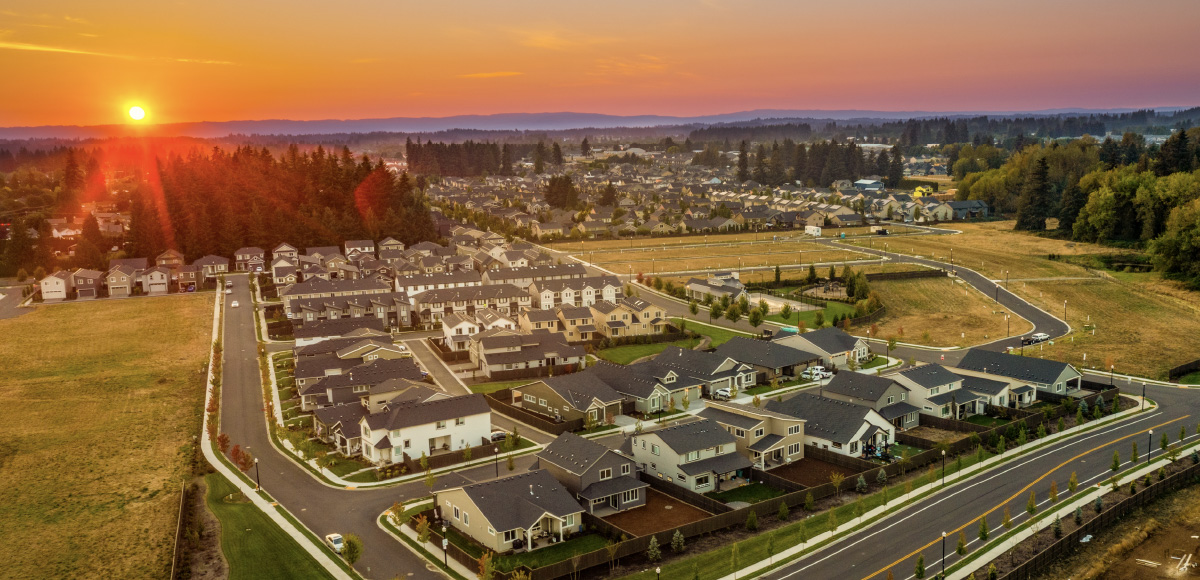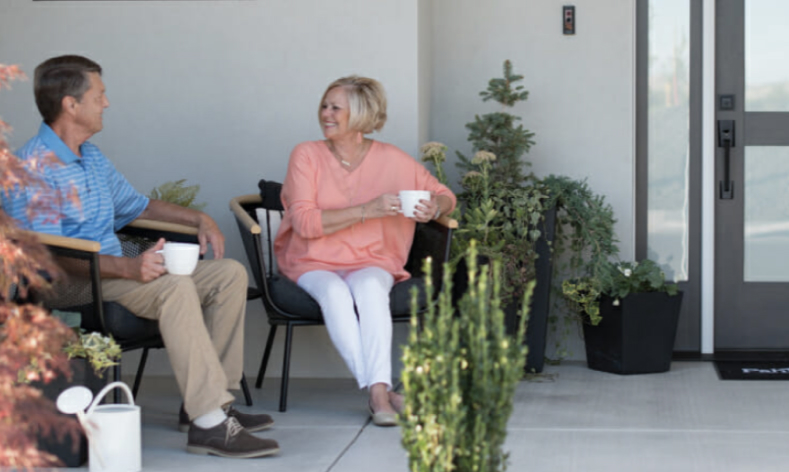Interior Design Trends 2025: Biophilic Design and Maximalism
Plant parents and fans of the “more is more” approach, rejoice! Our top interior design trends for 2025 are right up your alley. We recently checked in with our design team here at Pahlisch Homes, and they said there are two big trends on the horizon for the coming year: biophilic design and maximalism.
Whether your Instagram feed is chock-full of interior design posts or you’re a total newbie, we’ve got you covered. Below, we’ll recap last year’s interior design trends, then we’ll give you the scoop on how you can start integrating elements of our interior design trends for 2025 into your home.
Recap of Our Interior Design Trends 2024
This past January, we spoke with Andrew Fisher, our Central Oregon Design Specialist, to get some expert predictions on what interior design trends would take off in 2024. You can read the full blog post here, but here’s a quick recap.
First up, the redefined traditional style took the spotlight. Gone were the Tuscan kitchens and wine-red walls of the past. Instead, natural materials, warm neutrals, and delightfully mismatched furniture made homes feel cozy, familiar, and fresh. Fisher called this style “warm and inviting, familiar, and nostalgic,” and it’s one we embraced in our model homes, like Siskiyou in our Collier community in Bend, Oregon.
Next, the blend of the mid-century modern and Japandi styles continued to grow. Think lighter woods like white oak and softer upholstery colors such as blush and terracotta, bringing warmth and simplicity together in one stylish fusion.
Finally, retro and earth tones made a big comeback. Colors like olive and mustard popped up everywhere, from accent walls to dramatic powder rooms, with deep greens making their way into furniture as a neutral staple.
Those were the highlights from last year, but let’s dive into what’s coming for 2025!

Biophilic Design: Bringing Nature Indoors
In general, biophilic design is all about connecting with nature, and our deep human desire to be integrated with the natural world around us. Like the Japandi style which boomed last year and continues to be popular, biophilic design embraces natural materials and textures. All with the goal of promoting wellness and a sense of peace and softness in your home.
This design philosophy fits so well with the Pacific Northwest region. Here, we are surrounded by stunning mountains, dense forests, flowing rivers, and a unique coastline. Incorporating natural materials like stone and wood into flooring, countertops, and fireplaces echoes this beautiful landscape and helps create rich visual and physical textures in your home.
As you might expect, biophilic design also places an emphasis on utilizing plants throughout your home, specifically living plants. So, instead of silk flowers and dried grasses, use houseplants of different sizes and colors to give your home a breath of fresh air. New to houseplants? There are plenty of resources available online. Check out this reading list from Outside Magazine, as well as these seven biophilic design ideas from Architectural Digest.
But truly, one of the best ways to get started is to visit your local nursery and just start asking questions! Experts there should be able to guide you toward good starter plants and the tips and tools you need to keep them thriving in your biophilic home.

Maximalism: More of Everything
“Minimalism” has become a household word in the last ten years. It probably evokes images of influencers on TikTok sitting in sparsely decorated rooms reviewing their five favorite plain black t-shirts.
Many of us embraced minimalism’s “less is more” mindset as a way to declutter our lives. But in doing so, our spaces started to feel bland and lose their sense of identity. Without any distinguishing features, our homes were no longer able to tell guests our story or convey our unique personalities.
Enter maximalism. This trend is all about more. Designing a space the way we want without a lot of rules to handcuff us. It means filling the walls with art, using lots of vibrant colors, textures, and patterns, and just going bold! There’s actually “stuff” on our surfaces again. Objects that have meaning, that show off who we are and what we’re into.
This design style can be scary for a lot of people. Making bold choices can take you out of your comfort zone. But the good news is you don’t have to take the leap all at once. A fun way to dip your toes into the maximalist trend is by trying a bright color or funky pattern in a smaller space like an office or powder room. Not only is it easy on your psyche to start small like this, it’s also easier on your budget!

Key Design Elements for Implementing These Trends
Okay, we’ve provided a broad overview of the biophilic design and maximalist interior design trends for 2025. Now let’s dig a little deeper and take a look at some of the individual elements that can help you apply each look to your home.
Texture
Texture plays an important role in both trends. In biophilic design, there’s a focus on using natural materials to bring warmth and character to a space. For instance, fluted and slatted treatments are showing up in furniture bases, tile, and stone. Checkerboard and geometric patterns in tile, soft floor coverings, and linens are also in. And if we had to bet on one texture trend in biophilic design, it would be terra cotta tile. We’re preparing for a terra cotta tile takeover in homes next year!
Texture is no less important in maximalism. Travertine and marble — like Calacatta Viola, Portoro, and Grigio Astratto — are showing up on accent pieces like coffee tables, vases, and other decorative accessories. The unique pattern and veining in these materials adds for an elevated and striking visual texture befitting a bold design aesthetic.
Fixtures
For those pursuing the naturalism of the biophilic design trend, consider lighting fixtures that combine soft, organic shapes with natural materials like wood and grasses displaying woven or reeded patterns. In the kitchen or the bathroom, plumbing fixtures with wood or stone accents can help bring a natural feel to an otherwise sterile space.
For you maximalists, look for plumbing fixtures that feature mixed metals and textures (like smooth and knurled surfaces). This contrast brings contrast that can make the details in your space really pop.
Curves
Furniture is ditching hard lines and going for softer, rounded, more organic shapes. You will still see some Japandi accents with natural woven materials. But we’re definitely trending toward a lot of plush, comfortable furnishings that don’t sacrifice on style.
Color
Accent colors are always fun for adding something playful or a bolder contrast to a space. If you’re looking to stay on trend, consider Sherwin Williams’ 2025 Color of the Year: Quietude. Quietude is a soft sage with a hint of blue. It is meant to coincide with the soothing trends of tranquility and self-care.
Sherwin Williams also released their 2025 Colormix® Forecast Capsules, which are called Chrysalis, Paradox, Wellspring, and Kindred. Our design team loves rich terra cotta and ochre tones, and those have made an appearance in each of the four capsules.
Follow Pahlisch Homes For More Design Tips
Nobody’s crystal ball is perfect, but our team feels really excited about their predictions for interior design trends for 2025. It’ll be fun to see elements of biophilic design and maximalism make their way into Pahlisch homes (and your own home!) in the coming year.
As you explore design ideas and dream about revitalizing your space, don’t forget to follow us on Instagram, Facebook, Linkedin, and Pinterest for more inspiration. Happy designing!


